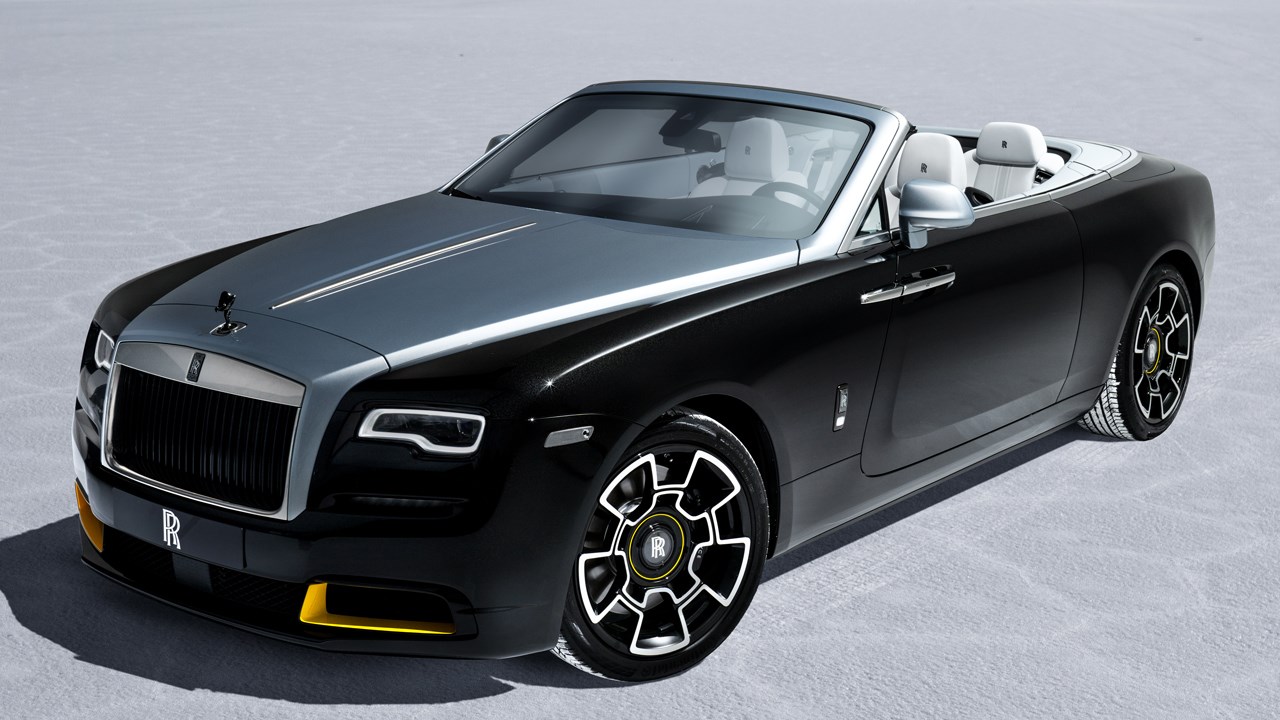The Gumpert Apollo stands as a monument to unrestricted motorsport performance and bleeding-edge engineering. One of the most hardcore and track-orientated supercars when it was first introduced by Gumpert SportWagen Manufaktur, a German manufacturer established in 2005 to build cars under the Apollo name. It is a single-minded speed machine honed for the best driving dynamics and with its aggressive looks, raw power and race-derived tech present throughout. Design and Aerodynamics What results is a vehicle with design dictated by aerodynamics and performance, rather than traditional beauty. Its menacing, low-slung widebody profile is aerodynamically efficient every inch of design elements has been developed to achieve aerodynamic prowess. A large trapezoidal grille up front channels air to the engine and brakes, while a prominent front splitter also works with both other aerodynamic elements as well as downforce creating rear diffuser. Leading the design of the Apollo is its roof-mounted air intake, which was created to deliver cool fresh low inducted pressure into the engine for top-notch performance. The car’s body is crafted of lightweight carbon fiber to give a total weight of 2,645 pound (1,200 kg) All of that miniscule weight, paired with the car’s aero efficiency means Apollo absolute maximum levels of grip and stability under load from high-speed corners. It probably goes without saying that the Apollo has been aero-tuned by motorsport engineers and pre-computer-tested in wind tunnels. Wrapping it all up is a car that can generate more downforce than its own weight, enabling them to stick like glue in corners at super-fast speeds.
Powertrain and Performance
Power is driven to the rear wheels through a six-speed sequential transmission that reverts into manual mode in about town traffic, while at its heart sits an Audi-sourced 4.2-liter twin-turbocharged V8 engine extensively modified by Gumpert. Depending on the version, that engine makes between 650-790 hp and up to 664 lb.-ft of torque. This is then directed to the rear wheels via a 6-speed sequential gearbox and allows near instantaneous gear changes together with exceptional control. Looking to its raw numbers, the Apollo’s performance is frankly scarcely believable. Combined, those figures allow the car to hit 60 mph from rest in just three seconds and reach a top speed of more than 220 mph (355 km/h). That kind of outright grunt would put the Apollo right among some truly elite supercars, including Ferrari and Lamborghini. Now the Apollo ins’ t quite that fast everywhere. Among the kit included is an advanced suspension system consisting of a double wishbone configuration with adjustable dampers that gives razor sharp characteristics when cornering. The car is also backed up by huge carbon-ceramic brakes, capable of stopping at least as well as it accelerates and giving the driver complete confidence play with its limits.
Interior and Driver
Focus As we mentioned before, the Gumpert Apollo lives up to its racecar like performance in every aspect of this car and that same goes for its interior FIXED :auto .auto. Path content. Xml _CA)-5868×3912-004. The cockpit is no doubt oriented towards the driver, and it shuns luxury trappings for a functional environment. The seats are racing-style buckets with six-point harnesses for the sort of extra support you’ll need to cope with the kind of forces generated by a car like this. The centerpiece of the dash is left to a digital display that allows the driver’s eyes all they need from their speed, RPM and gear choice. The minimalist design provides a purposeful nature to the driving experience putting all controls within easy reach of the driver so that focus remains on what lies ahead. BECAUSE OF THE spartan interior, the Apollo can be comfortable. Air conditioning and padded seat cushions add a small amount of comfort to the long drives. But it’s obvious that the Apollo is for competition use — where comfort takes a backseat to speed. Production and Legacy Fewer than 60 examples of the Gumpert Apollo were built from 2005 up until going out of production in around 2012. The price tag, rarity as well as the technical complexity of this car has helped it become a collector’s item for lovers of raw supercars everywhere. To have a reputation as one of the fastest production cars on-sale at that time was then confirmed by its record lap around the Nürburgring Northcliffe.
Conclusion
When speaking with both Downey and Goal, the subject of Gumpert came up — as expected but probably wise to assume you already knew. Saying that our two sources are fans of the marque is again something most will have likely figured out long ago: if one was able to acquire a brand-new Apollo (which at this time can be done only in Europe), wouldn’t it make sense for them also own what excuses their insanity? The Apollo is a true pack leader, above all else: the fierce design, technological skills from racing and uncompromising collaboration with speed makes this ambitious experience on what can be achieved when engineering hits its absolute limits. Many years after it went out of production, the Apollo remains a performance icon and is definitely one for fans of old-school drivers’ vehicles.




